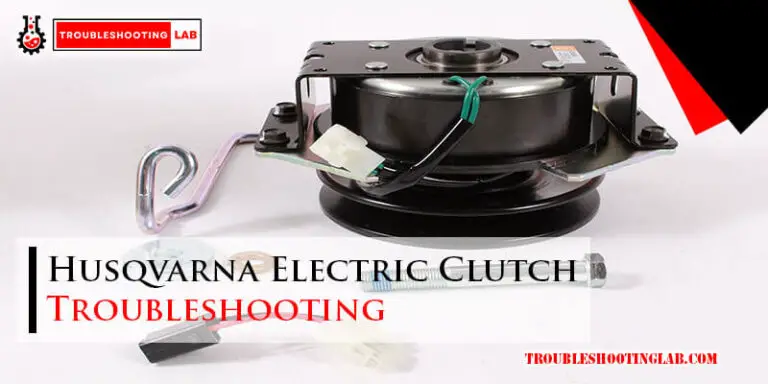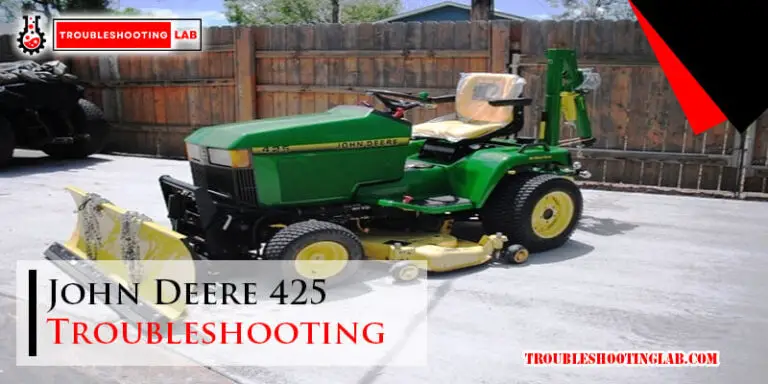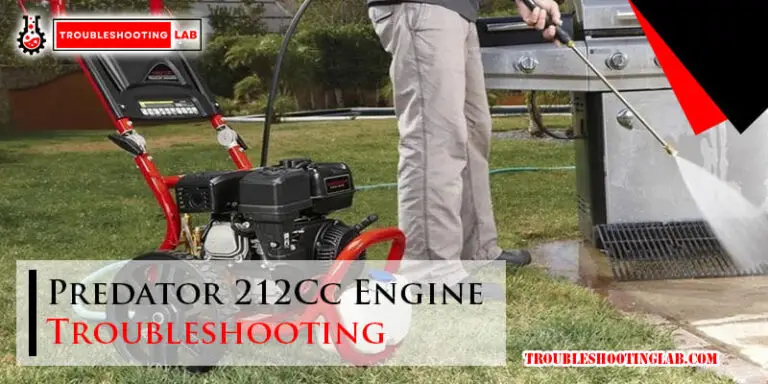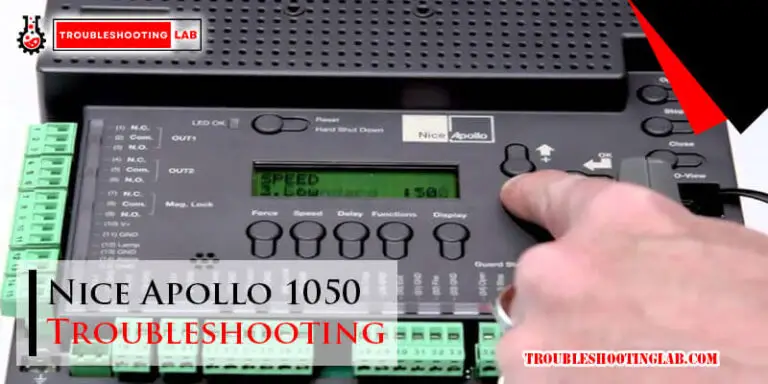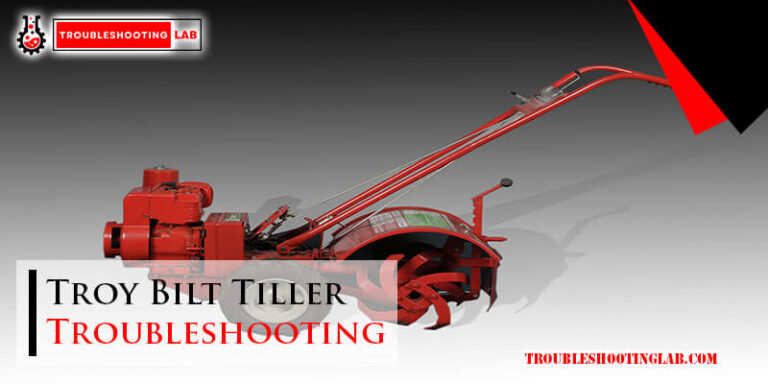Stihl String Trimmer Troubleshooting: Quick Fixes and Tips
Stihl string trimmers are known for their reliability and performance. But, like any tool, they sometimes face issues.
Having trouble with your Stihl string trimmer? You’re not alone. Many users experience common problems that can be easily fixed. Whether it’s starting issues, poor performance, or unusual noises, there’s usually a straightforward solution. Understanding these problems can save you time and frustration.
This guide will help you troubleshoot and resolve the most frequent issues with your Stihl string trimmer. By following these tips, you can keep your trimmer running smoothly and efficiently. Let’s dive into the most common problems and their solutions, ensuring your trimmer stays in top shape.
Stihl String Trimmer Common Startup Issues

Dealing with startup issues in your Stihl string trimmer can be frustrating. These problems are common and often have simple solutions. Below, we discuss two main startup issues and how to troubleshoot them effectively.
Engine Won’t Start
If your Stihl string trimmer’s engine won’t start, several factors might be responsible. Here are common causes and solutions:
- Fuel Issues: Ensure the tank has fresh, clean fuel. Old or contaminated fuel can prevent the engine from starting.
- Spark Plug: Check the spark plug for damage or wear. Replace it if necessary.
- Carburetor: A clogged carburetor can hinder starting. Clean it with a carburetor cleaner.
- Air Filter: A dirty air filter can restrict air flow. Clean or replace the air filter.
Hard Starting Engine
If your engine starts but takes multiple attempts, consider these troubleshooting steps:
- Choke Position: Ensure the choke is in the correct position for starting.
- Primer Bulb: Press the primer bulb several times to ensure fuel reaches the carburetor.
- Throttle Settings: Check the throttle settings. Adjust if necessary.
- Inspect Fuel Lines: Look for cracks or leaks in the fuel lines. Replace damaged lines.
By addressing these common startup issues, you can get your Stihl string trimmer running smoothly again. Regular maintenance can prevent many of these problems.
Stihl String Trimmer Fuel System Problems
Fuel system problems are common with Stihl string trimmers. These issues can affect performance and efficiency. Proper maintenance ensures your trimmer runs smoothly. Here’s how to troubleshoot fuel system problems effectively.
Checking Fuel Lines
Fuel lines can become clogged or cracked over time. This affects the fuel flow to the engine.
- Inspect the fuel lines for any visible cracks or damage.
- Check for blockages. Detach the fuel lines and blow air through them.
- Replace damaged fuel lines immediately to prevent leaks.
Regular checks keep your fuel lines in good condition. This prevents major issues down the road.
Fuel Filter Replacement
The fuel filter ensures clean fuel reaches the engine. A clogged filter can cause engine problems.
- Locate the fuel filter inside the fuel tank.
- Remove the old filter using a pair of needle-nose pliers.
- Install a new filter. Ensure it fits securely on the fuel line.
Replacing the fuel filter is simple. It ensures your engine gets clean fuel.
Tip: Check the fuel filter every 20 hours of use.
Spark Plug Maintenance
Proper spark plug maintenance is crucial for a well-functioning Stihl string trimmer. A clean, working spark plug ensures the engine runs smoothly. Ignoring spark plug care can lead to poor performance. Let’s dive into inspecting and replacing the spark plug.
Inspecting The Spark Plug
Begin by locating the spark plug on your Stihl string trimmer. It’s usually near the engine’s top. Remove the spark plug cap carefully. Use a spark plug wrench to unscrew the plug. Look at the spark plug closely. Check for any dirt or deposits. The electrodes should be clean and intact. If the spark plug is black or covered in soot, it might need cleaning. A clean, light brown color indicates a healthy spark plug.
Replacing The Spark Plug
If the spark plug is damaged, replace it. First, buy a new spark plug that matches your trimmer’s specifications. Remove the old spark plug using a spark plug wrench. Install the new spark plug by screwing it in by hand. This ensures it’s aligned properly. Tighten it gently with the wrench. Avoid over-tightening. Finally, reattach the spark plug cap securely. Your trimmer should now run better with the new spark plug.
Air Filter Care
The air filter in your Stihl string trimmer is essential. It prevents dust and debris from entering the engine. Proper air filter care ensures your trimmer runs smoothly. Let’s explore how to clean and replace the air filter.
Cleaning The Air Filter
Regular cleaning of the air filter is crucial. A dirty air filter can reduce engine performance. Follow these steps to clean your air filter:
- Turn off the trimmer and let it cool.
- Locate the air filter cover. It’s usually near the top of the engine.
- Remove the cover by loosening the screws or clips.
- Take out the air filter. Inspect it for damage.
- Tap the filter gently to remove loose dirt.
- Wash the filter in warm, soapy water. Rinse it thoroughly.
- Allow the filter to dry completely before reinstalling.
- Replace the cover and secure it properly.
Cleaning the air filter every 10 hours of use is recommended. This practice extends the life of your trimmer.
Replacing The Air Filter
Sometimes, cleaning is not enough. A heavily soiled or damaged air filter needs replacement. Here’s how to replace it:
- Turn off the trimmer and let it cool.
- Locate the air filter cover. Remove it carefully.
- Take out the old air filter. Dispose of it properly.
- Insert a new air filter. Ensure it fits snugly.
- Replace the cover and secure it firmly.
Using a new air filter every season is a good practice. This step ensures optimal performance and longevity of your trimmer.
Stihl String Trimmer String Line Problems
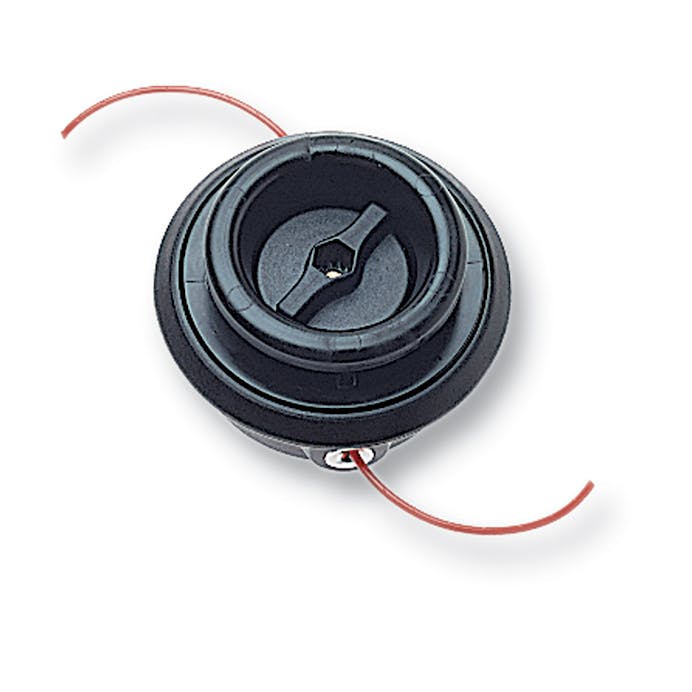
String line problems can be frustrating when using a Stihl string trimmer. These issues can slow down your yard work and cause headaches. Below, we will discuss common problems like the string not feeding and the string breaking easily. Let’s dive into these issues and how to troubleshoot them.
String Won’t Feed
If the string won’t feed, it could be tangled. Open the trimmer head and check the spool. Remove any knots or tangles. Another reason could be that the string is too short. Ensure the string is the recommended length. Sometimes, dirt and debris clog the trimmer head. Clean it regularly to keep it functioning properly.
String Breaking Easily
A string that breaks easily can be due to worn-out string. Replace the string if it’s old. The string may also be of low quality. Always use the recommended string for your Stihl trimmer. Check if you’re hitting hard surfaces. Avoid cutting near rocks or concrete. This can cause the string to snap quickly. Ensure the trimmer head is in good condition. Replace it if it’s damaged.
Carburetor Adjustments
Carburetor adjustments are crucial for the smooth operation of your Stihl string trimmer. The carburetor controls the fuel and air mixture, impacting engine performance. Proper adjustments ensure efficient fuel consumption and optimal power. This section will guide you through adjusting the idle speed and cleaning the carburetor.
Adjusting Idle Speed
Start by locating the idle speed screw on your Stihl string trimmer. Turn the screw clockwise to increase the idle speed. Turn it counterclockwise to decrease the speed. Adjust the screw slowly. Listen to the engine’s sound. The engine should run smoothly without stalling. If the trimmer head spins at idle, the speed is too high. Make small adjustments until the engine runs smoothly.
Cleaning The Carburetor
Cleaning the carburetor helps maintain engine efficiency. First, remove the air filter cover and the air filter. Access the carburetor by removing the necessary screws. Use a carburetor cleaner spray to clean all parts. Pay attention to the small openings and jets. Wipe away any debris with a clean cloth. Reassemble the carburetor and the air filter.
Regular cleaning prevents blockages and ensures proper fuel flow. A clean carburetor improves performance and fuel efficiency. Keep your Stihl string trimmer in top condition with these simple steps.
Stihl String Trimmer Vibration Issues

Experiencing vibration issues with your Stihl string trimmer can be frustrating. Not only can it affect the performance, but it can also lead to discomfort during use. To keep your trimmer running smoothly, it’s important to address these vibration problems as soon as they arise. Below, we will discuss two key aspects to consider: Loose Parts Check and Balancing the Trimmer.
Loose Parts Check
One common cause of vibration issues is loose parts. Over time, screws and bolts can loosen, causing the trimmer to shake. Here’s how to check for and fix loose parts:
- Turn off the trimmer and disconnect the spark plug.
- Inspect the entire trimmer for any loose screws or bolts.
- Tighten any loose screws with the appropriate screwdriver or wrench.
- Pay special attention to the trimmer head and shaft.
After tightening all the parts, start the trimmer and check if the vibration is reduced. If the problem persists, you may need to look further.
Balancing The Trimmer
Another important factor is the balance of the trimmer. An unbalanced trimmer can cause excessive vibrations. Follow these steps to ensure your trimmer is balanced:
- Check if the trimmer line is of equal length on both sides.
- If the line is uneven, cut it to the same length.
- Inspect the trimmer head for any debris or build-up.
- Clean the trimmer head thoroughly to remove any obstructions.
Maintaining a balanced trimmer will not only reduce vibrations but also improve cutting efficiency. If you still experience issues, it might be time to consult a professional.
Maintenance Tips
Maintaining your Stihl string trimmer is essential for its longevity. Following a few simple steps can ensure your equipment runs smoothly. Here are some maintenance tips to keep your trimmer in top shape.
Regular Inspection Routine
Regular inspections are crucial. Check the trimmer head and the cutting line before each use. Replace any worn-out parts immediately.
Here’s a quick checklist:
- Inspect the trimmer head for damage.
- Check the cutting line for wear.
- Look over the spark plug and clean it.
- Examine the air filter and replace if dirty.
Proper Storage Tips
Storing your trimmer properly is key. Keep it in a dry place and away from direct sunlight. Follow these steps for proper storage:
- Clean the trimmer thoroughly.
- Drain the fuel tank to prevent clogs.
- Store it in an upright position.
- Cover it to protect from dust.
Proper maintenance can extend the life of your Stihl string trimmer. It also helps in avoiding unexpected breakdowns. Keep these tips in mind for a well-functioning trimmer.
Frequently Asked Questions
Why Won’t My Stihl String Trimmer Start?
Check the fuel. Make sure it’s fresh and at the right mix ratio. Inspect the spark plug for damage.
How Do I Replace The Trimmer Line?
Turn off the trimmer. Open the trimmer head. Remove old line. Insert new line according to the guide.
Why Is My Trimmer Line Breaking Frequently?
Check for debris. Ensure you are using the right type of line. Avoid hitting hard surfaces.
What Causes My Trimmer To Overheat?
Check for blocked air vents. Clean them if needed. Ensure the engine is not running too lean.
How Do I Clean The Air Filter?
Remove the air filter cover. Take out the filter. Wash with warm soapy water. Let it dry before reassembly.
Conclusion
Troubleshooting your Stihl string trimmer can save you time and money. Identify common issues, follow the steps, and keep your trimmer running smoothly. Regular maintenance prevents bigger problems down the line. Remember to check the manual for specific guidance. Always use the right tools and parts.
Safety first! With these tips, your trimmer will perform better. Happy trimming!

